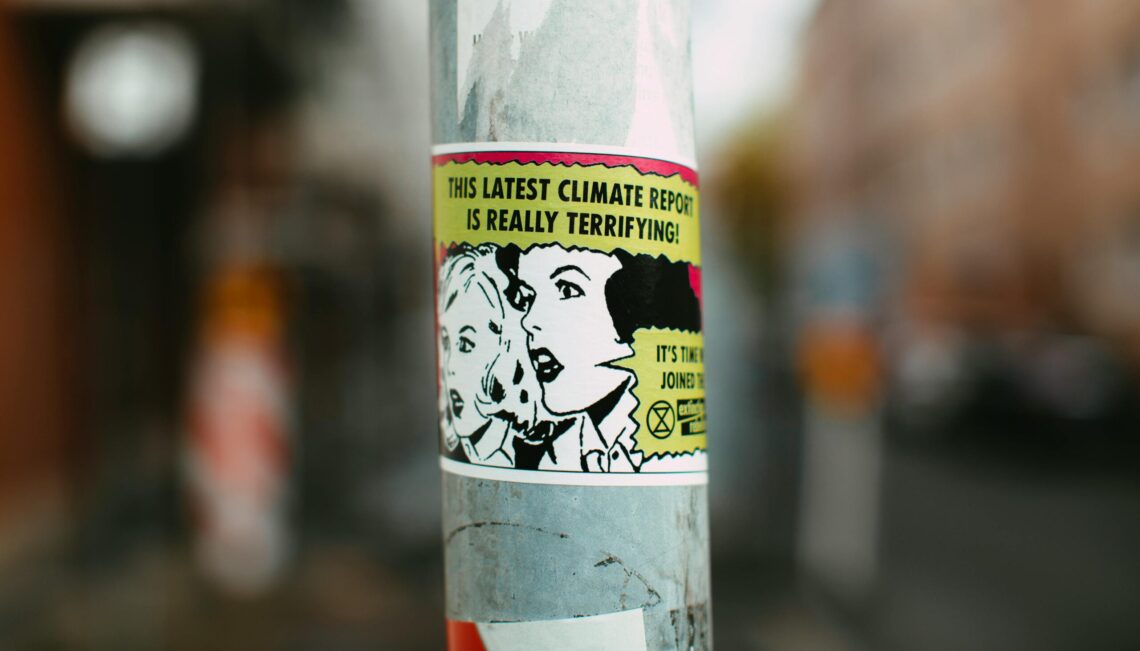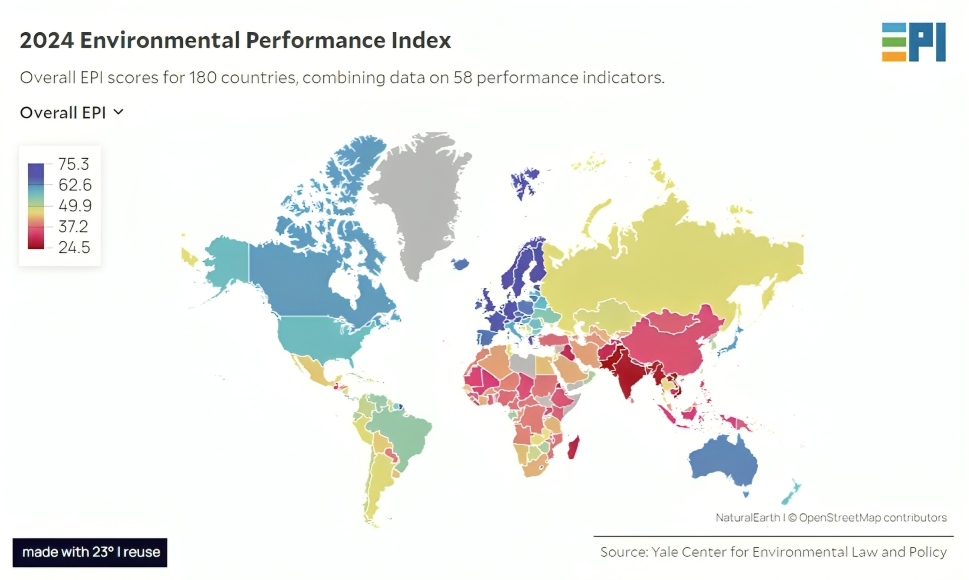The Paris Agreement stands as one of the most ambitious global efforts to combat climate change. Signed in 2015, it brought together nations with the shared goal of limiting global warming to well below 2°C, with an ideal target of 1.5°C. The agreement was more than a legal document; it was a commitment to the future of the planet. However, in 2020, the United States took an unprecedented step backward when the Trump administration formally withdrew from the Paris Agreement. The decision sent shockwaves through the global environmental community. As one of the world’s largest economies and historically the biggest…
-
-
The European Union’s Carbon Border Adjustment Mechanism (CBAM) is a groundbreaking policy addressing global climate change while reshaping trade dynamics. Introduced in October 2023, this mechanism imposes carbon taxes on imports based on the carbon intensity of their production processes. By 2026, the CBAM will impose taxes ranging from 20% to 35% on specific imports, marking a significant shift in international trade. This article explores CBAM’s implications for India and outlines strategies to mitigate its impact. What is CBAM and How Does It Work? CBAM is part of the EU’s “Fit for 55” package, designed to reduce greenhouse gas emissions…
-
India’s environmental performance has come under significant scrutiny, as reflected in the 2024 Environmental Performance Index (EPI). Ranking 176th out of 180 countries with a score of 27.6 points, India faces severe challenges in air quality, emissions, and biodiversity conservation. Despite some progress in climate change mitigation, the country’s reliance on coal and rapid urbanization contribute heavily to its low ranking. This article explores the factors behind India’s environmental performance, the initiatives underway, and the criticisms of the EPI’s methodologies. The image below shows the EPI framework which organizes 58 indicators into 11 issue categories and three policy objectives, with…
-
Climate change is one of the most pressing issues of our time, affecting every corner of the globe. However, the impacts of climate change are not uniform; they vary significantly from one region to another. This variation makes local solutions not only practical but essential. Local solutions are well-aligned with the specific problems faced by communities and evolve naturally through real adaptation to environmental changes. Understanding Climate Change Global vs. Local Impacts Climate change has both global and local impacts. While global warming and rising sea levels are universal issues, the way these phenomena manifest can differ vastly between regions.…



